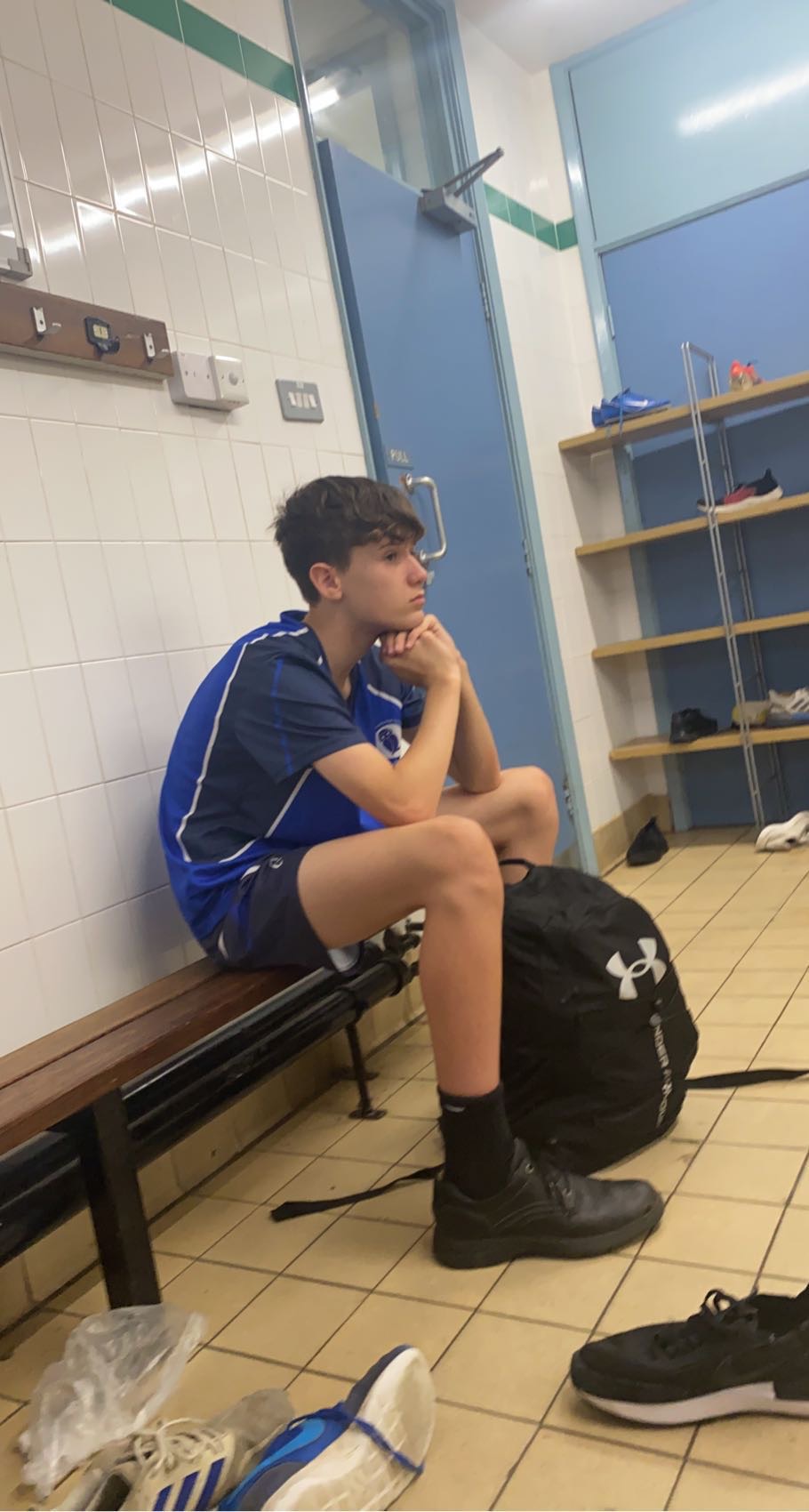Psychology
Subdecks (4)
Cards (157)
- What model did the researcher investigate in June 2018?
- What method did the researcher use to investigate the working memory model?
- How many students participated from a local college?
- What tasks did students perform in Condition A?
- How many students performed tasks in Condition A?
- What tasks did students perform in Condition B?
- How many students performed tasks in Condition B?
- What did the researcher predict about students' performance in Condition A?
- What are the two components of working memory mentioned?
- What are the two tasks performed by students in Condition A?
- What are the two tasks performed by students in Condition B?
- How might the working memory experiment be improved?
- What strength of the working memory model is mentioned?
- What is the phonological loop component of working memory responsible for?
- What is one way the working memory model might be better than the multi-store model?
- What does psychological research show about working memory?
- What is the main focus of the working memory model?
- What is one limitation of the working memory model?
- What is the significance of the tasks performed in the working memory experiment?
- How does the working memory model relate to everyday tasks?
- What conclusion can be drawn about the working memory model from the experiment?
- What is the role of the central executive in working memory?
- What is one potential improvement for future working memory studies?
- What does the research suggest about the effectiveness of the working memory model?
- What is the primary focus of the tasks in the working memory model experiment?
- What is one way the working memory model can be applied in education?
- How does the working memory model differ from traditional memory models?
- What is the significance of the phonological loop in the working memory model?
- What is one characteristic of the central executive in the working memory model?
- How does the working memory model contribute to our understanding of cognitive psychology?
- What are the three main headings under which phobias are categorized?
- What is the key behavioural characteristic of phobias?
- How does a person with arachnophobia typically behave?
- What can happen when the fear response is intense in phobias?
- Why is the freezing response considered adaptive in phobias?
- What are the key emotional characteristics of a phobia?
- What triggers emotional responses in phobias?
- What cognitive characteristics are associated with phobias?
- How does selective attention affect a person with a phobia?
- What is the relationship between a person's rational thinking and their phobia?
